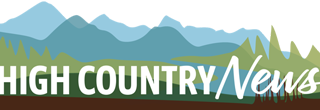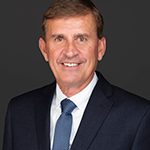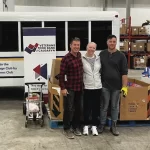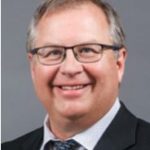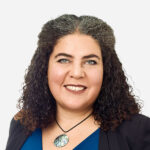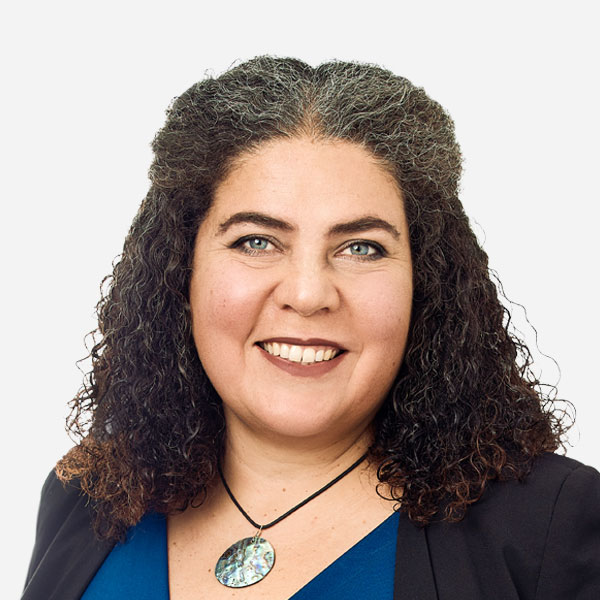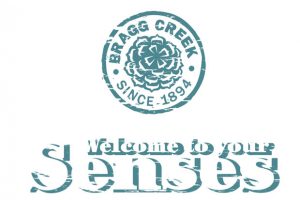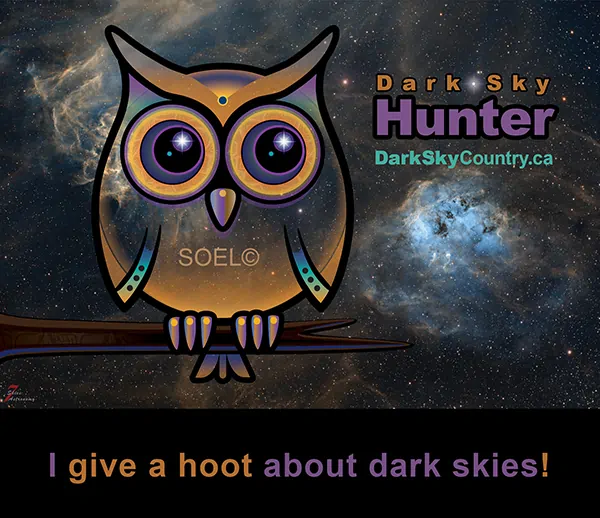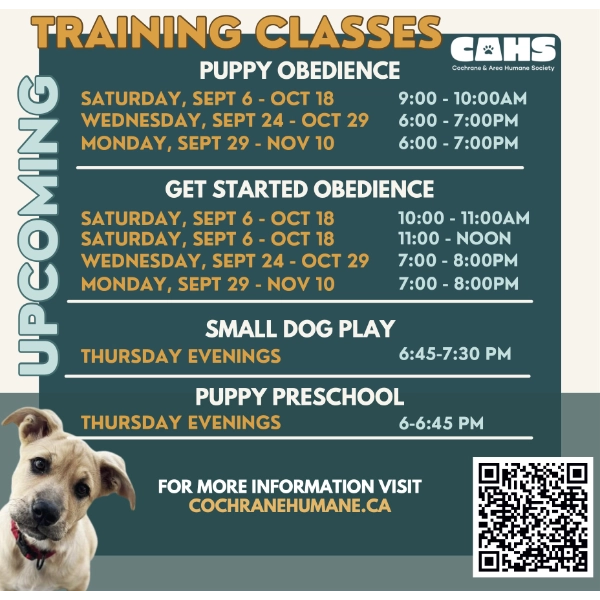Living in a Forest Community: A Privilege and a Responsibility
It’s hard to imagine the greater Bragg Creek area without its towering trees, lush vegetation, winding creeks, fresh air and precious wildlife. These natural features are the very reason people choose to live in this forest community – and why so many others are drawn to visit.
But what exactly is a forest community? How is it different from other places? And most importantly, what responsibilities come with living in one?
What is a Forest Community?
A forest community is a dynamic, interconnected system composed of local people living within or near a forested area alongside the native plants, trees and wildlife that inhabit it. Unlike urban or agricultural communities, the health and sustainability of a forest community depends on a balanced coexistence of human activity with natural processes, with local knowledge and stewardship playing a role in the preservation and maintenance of a healthy, functioning ecosystem.
Imagine that the vegetation and wildlife in Bragg Creek suddenly disappeared. Would it still be the community we know and love? Would the quality of life be the same? Of course not. This is a challenge we face.
Currently, the forest community resident enjoys a unique quality of life that embraces the wilderness as part of its identity. It is a privilege that comes with clear responsibilities. The natural environment will only sustain us if we care for it in return. Overuse or misuse of our forests, waterways and wildlife will cause them to lose their vitality and deteriorate.
So how do we protect what we cherish? Let’s consider the concept of Regenerative Living.
What is Regenerative Living?
Beyond simply minimizing harm to the environment, regenerative living is about actively restoring, enhancing and supporting the health of natural systems. It’s a mindset that prioritizes living within nature’s limits and creating conditions that allow ecosystems, wildlife and people to thrive in harmony.
In practical terms, it means protecting and improving what we already have. While significant initiatives might include wetland restoration, the removal of invasive species or limiting land overuse by industry or tourism, as individuals, we can also have a positive impact by employing, for example, these thoughtful practices:
- Using biodegradable cleaning products.
- Avoiding pesticides on lawns and opting for native plants to create wildlife-friendly yards.
- Installing wildlife-friendly fences that allow animals to move freely.
- Securing garbage and compost to prevent human-wildlife conflicts
- Keeping cats and dogs under control to prevent harm to wildlife.
- Making windows bird-safe to reduce fatalities.
- Limiting outdoor lighting to preserve dark skies.
- Staying off trails at night to give wildlife undisturbed space to feed, migrate and care for their young.
- Respecting seasonal wildlife behaviors seen in fawning and rutting periods.
Ultimately, regenerative living means first understanding what nature needs to thrive – then stepping aside to allow a pathway for natural processes to take place – and stepping in to repair any damage from the past.
A Community Vision
Regenerative Living is a growing global movement. It is also a principle that the Community Visioning Committee has incorporated in the new Bragg Creek Area Structure Plan for the hamlet and expansion area. By employing nature- enhancing practices and responsible land use policies, we will shape our future community into a place where both people and nature flourish, side by side.
Visit www.braggcreekwild.ca/wild-smart-ressources for tips on how you can become Wild Smart and start living a regenerative lifestyle.
